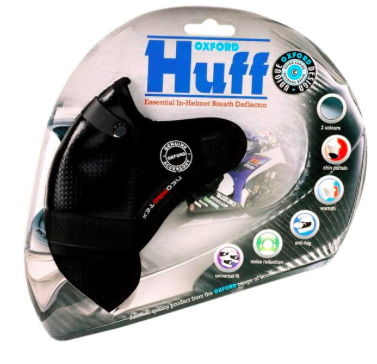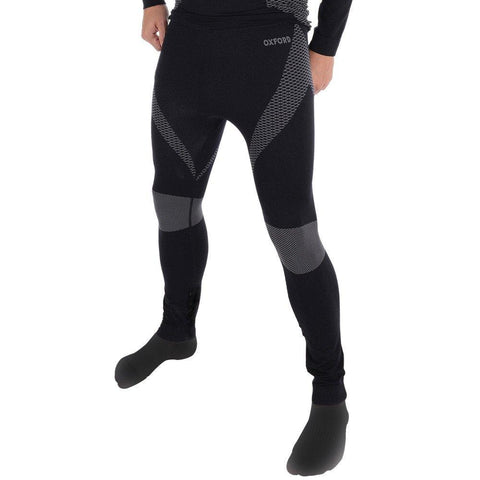
How To Prepare Your Bike For Winters
Introduction
The objective of this article is to stress the impact of colder weather on the motorbike and the motorbike rider.
Most Indians, unlike their western counterparts continue to ride through winters and some even welcome the cold conditions and ride more frequently than in other seasons.
The focus of this article will be on the impact of cold weather on the machine and the rider.
There is no doubt that a warm rider is far safer than one who is frozen to the bones.
If one is not properly geared up for winter while riding, one can experience shivering, exhaustion, slow reaction times, and stiff and sore joints.
Likewise, cold weather conditions can have an impact on your motorcycle too and we shall look into some of the areas to watch out for.
The Motorbike
There are several parts of the motorcycle that need specific attention during winter months. The first mission critical part is the battery.
Battery capacity (how many amp-hours it can hold) is reduced as temperature goes down, and increased as temperature goes up. This is why your bike battery dies on a cold winter morning, even though it worked fine the previous afternoon. The standard rating for batteries is at room temperature (25 degrees C) . At minus 27 C, battery AH capacity drops to 50%. At Zero Deg C, capacity is reduced by 20%.
Keeping a high quality battery charger handy with temperature compensation electronics inbuilt into it can help avoid battery related issues in winter.
Image: Oxford 900 Essential Battery Management System
The second most critical aspect is the issue of cold tyres. Tyre should be in good condition as this is more important during colder weather than at any other time.
Cold tyres equate to limited traction. Riding helps increase heat in the tyre, but even the briefest stop can quickly cool the tyres down, providing lack of traction.
Some riders like to warm up tyres by riding zigzag like a serpent during initial run-ups. While this may be okay on the race track, on public roads not only does it look silly but it can endanger other road users. A better technique is short acceleration and braking spells.
Maintaining correct tyre pressure during winter months also becomes critical due to traction related issues. A reasonably accurate tyre pressure gauge can help.
Wind chill factor on the bike can also be a deterrent to safe riding. There’s actually a formula to calculate it! The gist of it is, that if the ambient temperature is around 7-8 deg C and you are riding at 100Kmph, the wind chill factor at that speed will make the temperature appear to be Zero Deg C to your body.
Some additional accessories such as windshields or BarkBusters can help defeat the wind chill factor to an extent. The other mitigation technique is to of course wear appropriate riding gear. More on that in the final section.

Image: Honda CRF1000L Africa Twin
Lastly, using thinner engine oil during the cold months will improve your bike’s performance, especially during start-up, but check your owner’s manual for recommendations. Some manufacturers recommend only one weight of oil, no matter what the temperature.
The Rider
As the pilot of the machine, the rider can also use several tactics to mitigate the effects of the cold while riding. We will take a look at some of the less obvious ones.
Most riders are able to pick and choose a warm enough jacket and perhaps a warm enough set of trousers to fight against the cold. However these few areas can also help improve matters significantly:
– Layered Clothing Layering helps keep a rider insulated and warm. A base layer traps warm air next to your skin and wick away sweat. For typical Indian winter conditions, a light base layer that’s breathable is a good choice. There are several manufacturers of riding specific base layers where they pay special attention that the layer does not restrict the movement one needs to ride safely.
Image: Oxford Base Layer Knitted Pants
– Protect Openings & Extremities Keeping your hands and head warm is crucial – most body heat escapes there. To seal the gap between jacket and gloves, choose full gauntlet gloves. Consider wearing a silk or microfiber layer under your gloves. Using a balaclava can prevent cold air from entering your helmet. Thin woolen socks can keep your feet warm. Look out for products containing Merino wool. These are considered to be warmer than other variants.
– Keeping the Fog Out Visor fogging can cause hazardous visibility problems during cold weather. Invest in a helmet cleaning kit and use a good quality anti-fog solution coating on the visor. There are several products with nano technology based solutions which work wonders. Wear a half-mask or a breath shield inside your helmet. This combo allows your breath to escape without causing condensation inside the visor.
 Image: Oxford Huff-Breath Deflector
Image: Oxford Huff-Breath Deflector





